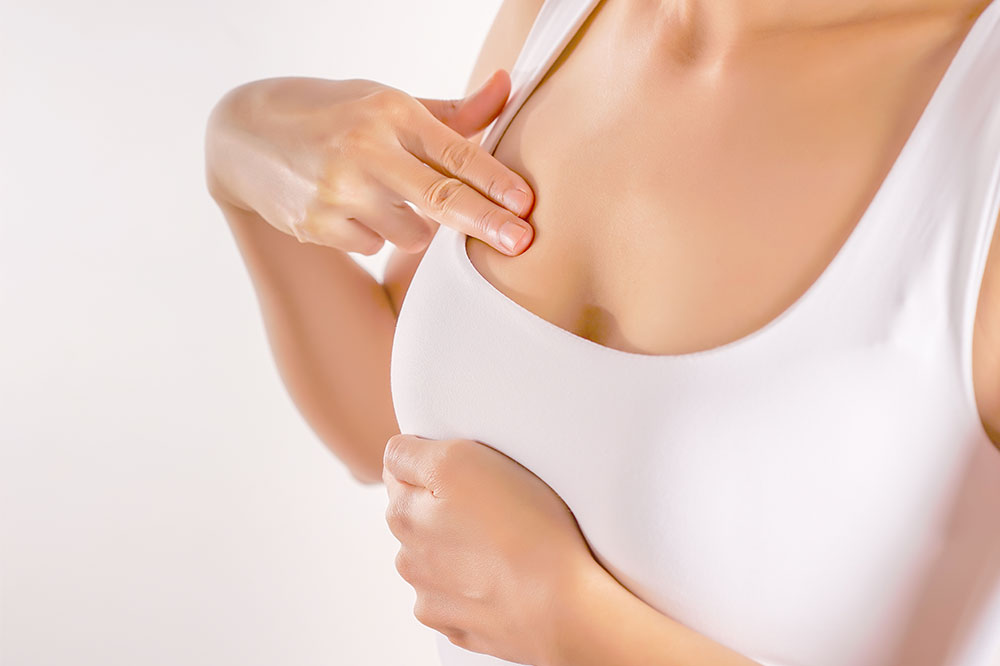
5 Symptoms of Breast Cancer in Menopausal Women
Menopause is the time in a woman’s life when her menstrual cycle naturally stops. Studies show that women who enter menopause after the age of 55 are at a higher risk for breast cancer. If the cancer is detected at an early stage, it can be successfully treated. So, it’s crucial that all women are aware of the various symptoms of breast cancer that occur during menopause:
1. Breast pain
Breast pain is one of the most common symptoms of breast cancer in menopausal women. It occurs when tumors form in the breast tissue. The tumor can be just a single lump, or it can be seed-like and spread across the breast area. Breast pain may also be an early warning sign of cancer, so it’s important to monitor the pain and report it to a doctor. Describing the pain in detail to the doctor, such as when, where, and how often the pain occurs, can help treat the cancer more effectively.
2. Itching
Itchy skin is a common menopause symptom. However, if the itch is pronounced in the breast area and makes one scratch a lot, then it can be a sign of inflammatory breast cancer. Since this problem is common during menopause, many women don’t consider getting screened for cancer. A dermatologist usually prescribes creams and medications for the itch. But if the underlying cause is breast cancer, then these treatments may not work. So experts recommend getting evaluated for breast cancer if the symptom is persistent.
3. Changes in breast or nipple appearance
Changes in the shape and size of the breast are natural during menopause. However, these changes can also occur when there is tumor growth in the breast tissue. Swelling or shrinkage in one or both the breasts is an important sign of breast cancer during menopause. It’s also important to watch out for any changes in the nipple. Any flattening, inversion, or sucking-in of the nipple can be indicative of cancer.
4. Discharge from the nipple
Nipple discharge is another common symptom of breast cancer in menopausal women. The discharge can be thin or thick; it can also be clear or thick, bloody, green, brown or yellow. However, it is important to note that nipple discharge is often non-cancerous and also associated with a variety of other causes, such as breast infections, side effects of certain medications, physiological changes, and diseases like thyroid. Therefore, it’s crucial to get it checked by a doctor.
5. Redness and swelling
Redness or swelling in the breasts that doesn’t go away may be a cause for concern. Breast cancer often causes the skin to turn red, purple, or bluish. The breasts may also feel swollen and sore. All these are potential symptoms of aggressive breast cancer. Since this type spreads quickly, it’s vital to see a doctor right after this symptom is noticed.


